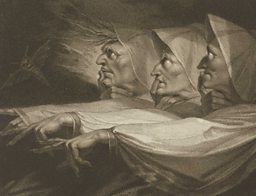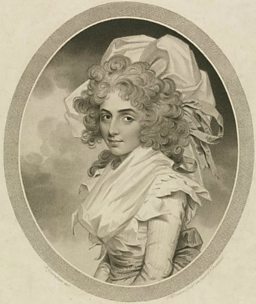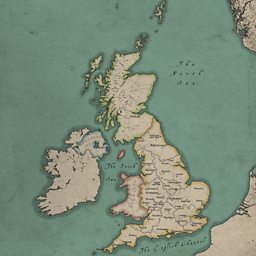Shakespeare on Tour
When we think of William Shakespeare we invariably link the great man to either his home town of Stratford-upon-Avon, or with London and the place to which he is most famously acquainted, The Globe Theatre.
So it came as somewhat of a surprise to the team working on the Shakespeare On Tour project to discover just how much Shakespeare and the different companies in which he was involved toured all corners of England - both during the Bard’s own lifetime and in the years following his death in 1616.
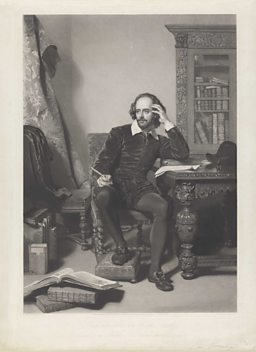
Records of Early English Drama (REED)
The details of this touring have been brought to light partly thanks to a forty-year academic research project which painstakingly delves into the records kept in town halls or other civic places – documents which tell us which acting groups performed in the town, when, and even how much they were paid.
This piece of work, by a team of academics working under the project title Records of Early English Drama (REED) identifies acting groups to which Shakespeare was most closely associated performing towns across the country. Among the references in town records are visits from acting companies such as Pembroke’s Men, the Lord Chamberlain’s Men, and finally the company for which Shakespeare wrote most of his plays, ….the King’s Men.
Not only do some records reveal how much such troupes were paid, they can also start to explain why they happened to be there – hints at how they were treated by the town authorities. Academics can also speculate about which plays they might have performed, and – most tantalisingly of all – whether Shakespeare himself was with the company, perhaps himself performing.

This gives rise to some amazing stories…how Shakespeare’s company the King’s Men were turned away from his home town of Stratford…how the plague would have had an influence on the players hitting the road to go on a massive regional tour…how his players trod established routes and seem to return again and again to certain places (Ipswich, ten times!)
British Library Playbills
But this is not the whole story of Shakespeare on Tour, which seeks to capture the explosion in the performance of Shakespeare’s plays from his own lifetime, to the present day.
We also track how Shakespeare was embraced during subsequent centuries…by the Victorians…and through more modern interpretations.
These performances out in the ‘provinces of England’ as they were then called, show Shakespeare becoming increasingly revered by the emerging theatre network across the country. And how do we know this? Because thousands upon thousands of theatre playbills have been kept and preserved from the 18th and 19th centuries by the British Library.
These playbills tell us stories of women becoming more prevalent in performances; of the first black actor to play Othello; how child actors were put on stage for their novelty value - even performing seriously adult parts such as Shylock, for example...at the tender age of nine!
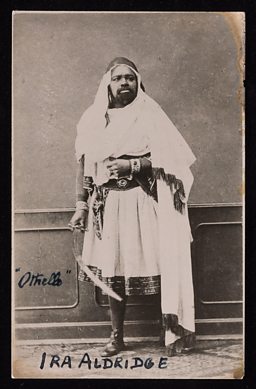

Related Links
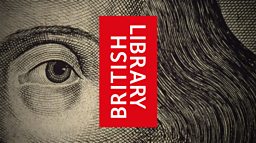
They reveal how fame was the prize for those gaining a reputation for brilliance as a Shakespearean actor, particularly in London. But we also see Shakespeare reaching different communities outside of the star-spangled capital. Some performances are especially for farming communities…others for masonic lodges…and in other playbills we see Shakespeare scenes performed almost as a variety night for the masses.
Using these fantastic twin sources of the REED project and the British Library playbills Shakespeare on Tour is able to tease out for audiences some of the iconic moments in the performance of Shakespeare from his day and on into the late 19th century.
We’ve had helpful guidance and context for our audiences along the way, through commentary and expert observation from British Library curators and REED experts themselves.
Forensic academic scrutiny has also come from Dr Siobhan Keenan, Reader in Shakespeare and Renaissance Literature at de Montfort University in Leicester, author of a number of books on Shakespeare.
And we’re grateful for the support of the Arts and Humanities Research Council, which played a major part in driving momentum behind the idea.
All the stories are illustrated with some amazing images from the time…with thanks to the many partner organisations helping us to overcome the huge challenge of illustrating these stories with pictures.
And we don’t stop there.
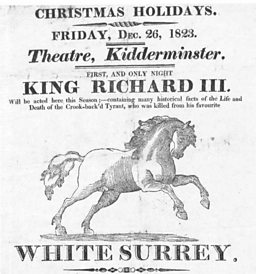
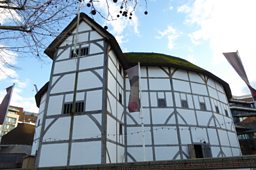
麻豆社 Local Radio
With the help of our local journalists across 麻豆社 Local Radio we will be broadcasting some of the best of these stories, while starting to build a picture of the more recent Shakespearean moments in each area, through archives and local knowledge.
So while we launch this website and the project on March 21, 2016, we will bring in more stories of performances in more recent times throughout the year, as the nation continues to mark 400 years since William Shakespeare’s death.
We hope you enjoy the tour…
